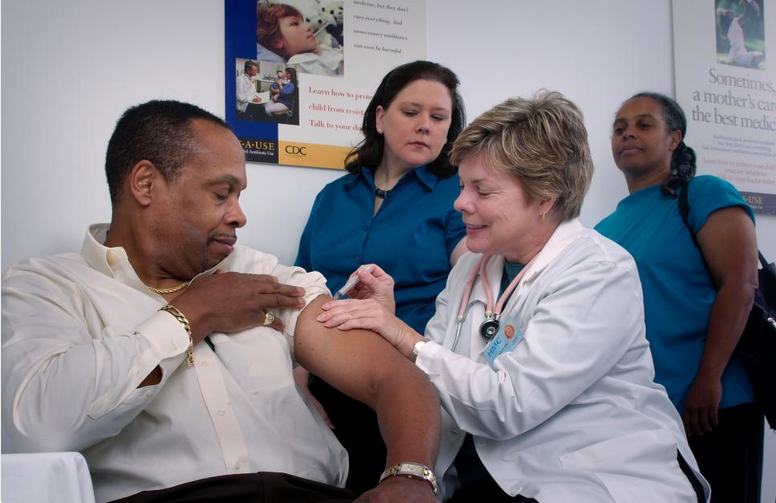Although the healthcare landscape is ever-evolving, one thing remains unchanged: the importance of a positive patient experience.
We can’t deny that offering top-notch medical care is essential. But equally vital is healthcare providers ensuring patients feel valued, heard, and comfortable throughout their journey within the healthcare system. The good news is that improving patient experience doesn’t have to cost an arm and a leg.
Here are four ways healthcare providers can enhance patient experience without breaking the bank.
Use Online Forms and Reminder Texts
Streamlining administrative healthcare processes is a pivotal way to address a common pain point for patients: the paperwork and bureaucratic hurdles.
You can do this by leveraging the power of online forms and reminder texts, including online medical forms for practices, which can revolutionize how patients experience their medical care.
Incorporating online forms for medical care aspects like patient intake, gathering medical history, and obtaining consent can profoundly impact administrative efficiency.
Think about it: when patients no longer need to spend a lot of time at the clinic filling out paperwork, it can save time and reduce the likelihood of errors, ensuring precise and efficient healthcare delivery.
Moreover, using reminder texts for upcoming appointments or critical healthcare actions is a great way to keep patients engaged and informed. These gentle nudges help patients stay on course with their care plans, significantly reduce no-show incidences, and enhance appointment adherence.
Enhance Waiting Areas
It’s worth noting that the waiting area often serves as patients’ initial point of contact and sets the tone for their entire visit. Transforming this space into a welcoming and comfortable one can create a positive impression and make a world of difference.
One simple, cheap, and effective way to improve waiting areas in healthcare facilities is to provide comfortable seating that ensures patients can wait without discomfort.
Additionally, offering access to reading materials, whether informative pamphlets or engaging magazines, can help distract patients from the anxiety of waiting and provide valuable health-related information.
Maintaining a well-put-together environment conveys professionalism and attention to detail. A tidy waiting area demonstrates that the healthcare facility values the patient’s time and comfort.
Implementing automated technology to inform patients about their expected wait times further contributes to a more transparent and patient-friendly experience. Patients are less likely to become frustrated when they have a realistic expectation of how long they need to wait.
Solicit and Act on Patient Feedback
By actively seeking patient input through surveys, suggestion boxes, or online platforms, healthcare providers can gain valuable insights regarding their services. Through this feedback, the patient’s voice becomes a catalyst for positive change.
Once collected, this feedback should not sit idle; you must carefully analyze it to identify recurring themes and pinpoint improvement areas. Importantly, healthcare providers should demonstrate their commitment to patient-centered care by taking action in response to the feedback received.
When patients witness healthcare facilities acknowledging their concerns and making changes based on their input, they feel valued, cared for, and respected. This, in turn, greatly enhances individual patient experience.
Foster a Culture of Empathy and Compassion
Fostering a culture of empathy and compassion is another great way to improve patients’ experience without breaking the bank.
This process starts with recognizing that patients are not just cases but individuals with unique stories, fears, and anxieties. To instill this culture, healthcare providers should invest in staff training and emphasize the value of treating each patient as unique.
Healthcare professionals should introduce themselves warmly, smile genuinely, and express a sincere interest in the patient’s well-being. These seemingly small acts of kindness can dispel the clinical atmosphere and make patients feel more at ease in an often intimidating environment.
Simple gestures like offering a glass of water or a warm blanket during a potentially anxious wait can create a sense of comfort and care that patients will remember long after their visit, ultimately fostering trust and loyalty between patients and healthcare providers.
Conclusion
These cost-effective strategies benefit patients and contribute to the reputation and success of healthcare facilities in the long run. Remember, subtle changes over time can lead to big improvements in patient satisfaction and overall healthcare outcomes.

